Beef Reproduction and Genetics
All Beef Reproduction and Genetics Content
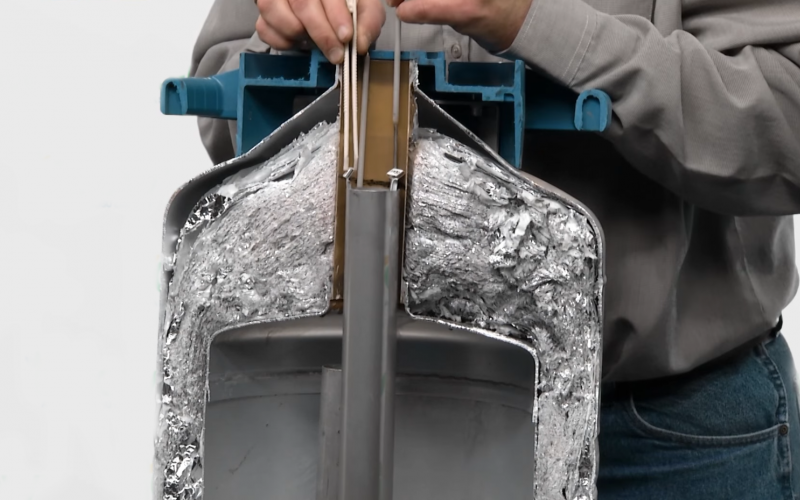
Semen Handling Procedures
Before the start of the breeding season, it is a good practice to review the proper semen handling procedures.

Successful Heifer Synchronization Using MGA
Effective estrous synchronization protocols are one of the keys to successful AI projects.

The Suckling Effect
As soon as the calf hits the ground, the reproductive clock of the cow starts to tick. In order to maintain the annual production cycle of the cowherd, cows and heifers must overcome postpartum anestrus within 83 days of calving.
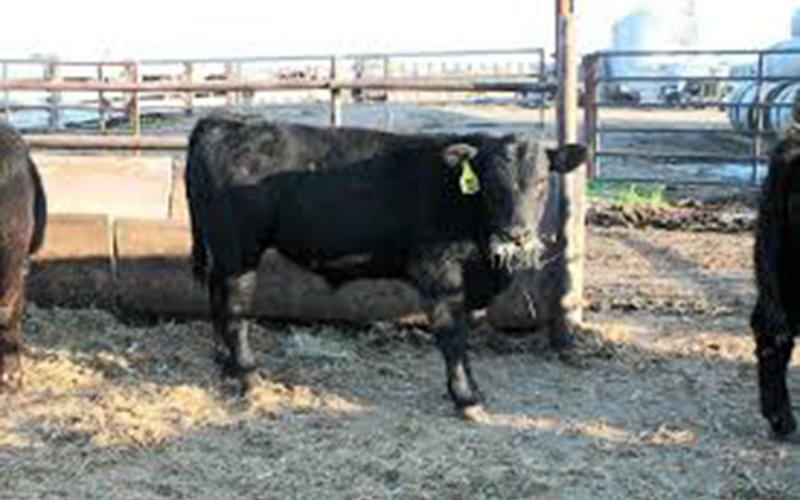
Choosing Beef Genetics for Use in Dairy Herds
Combinations of new technologies and economic challenges often usher in sweeping changes and opportunities. The use of beef genetics on dairy cows is the most-recent example.

Bull Check Up
Cattlemen can increase the breeding capacity of bulls through proper care prior to the breeding season. Because the production of sperm cells require 60 days with several factors having a potential negative impact on breeding ability, it is time to begin evaluating bulls now to ensure they are ready for the breeding season.
Spring Storm Fronts Impact Calving Patterns
While the changes in calving patterns in association with weather fronts is nothing new to producers, it is beneficial to keep this in mind as calving season shifts into high gear. Cold fronts are the type of weather systems that will create the pressure and temperature changes associated with increased birth rates.

Managing Stress to Reduce Early Embryonic Loss in Beef Cattle
With the majority of pregnancy losses occurring in the embryonic period, it is critical to mitigate losses in livestock by managing stress and avoiding transportation when the embryo is most susceptible to mortality.
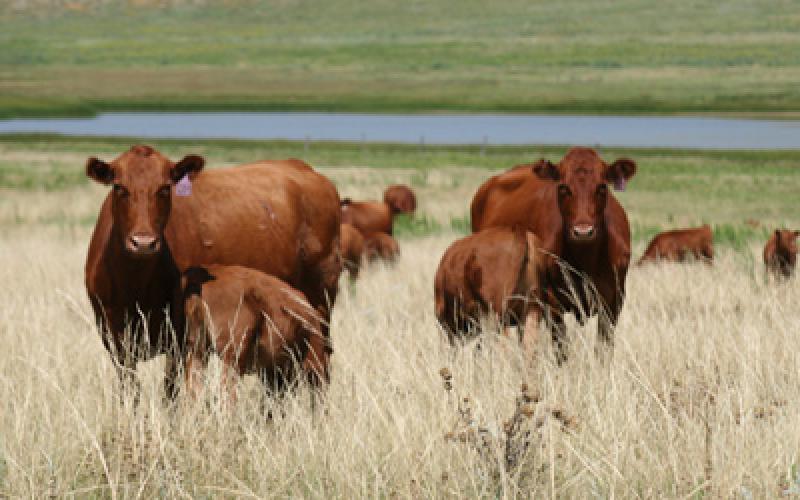
The Cost of Late Calvers
Pounds of beef sold is a key number for cattlemen. Late calvers the cows that drag out the calving season, may cost producers more than extra work and management, they may actually be costing dollars.
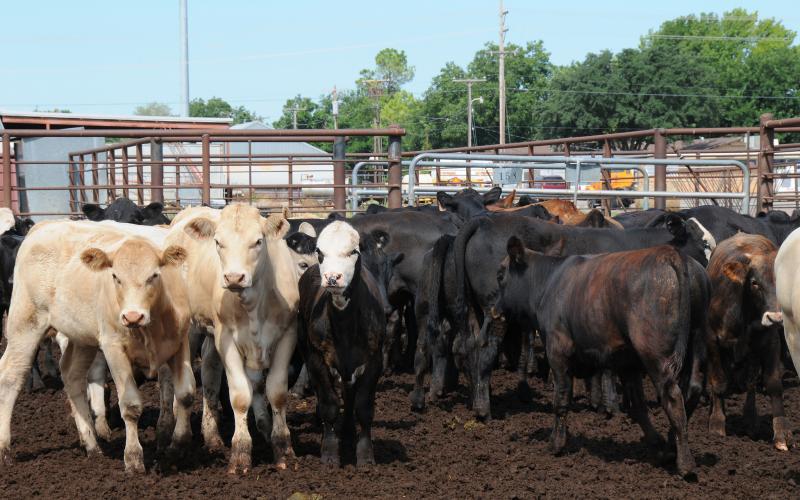
Mineral Sources May Impact Reproductive Efficiency
It is well-known by producers and feed specialists that trace minerals play an essential role in physiological functions. Minerals like copper, iodine, manganese, selenium, and zinc are important in embryonic development.
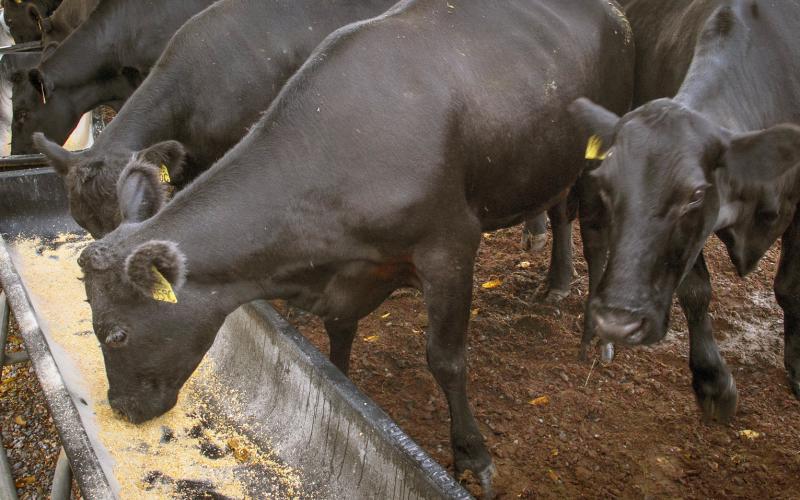
Impacts of Nutrient Restriction on Heifer Pregnancy Success
Understanding the factors impacting reproductive failure within heifers is critical to implementing management strategies that will improve heifers’ chances of remaining within the beef herd and successfully producing calves.